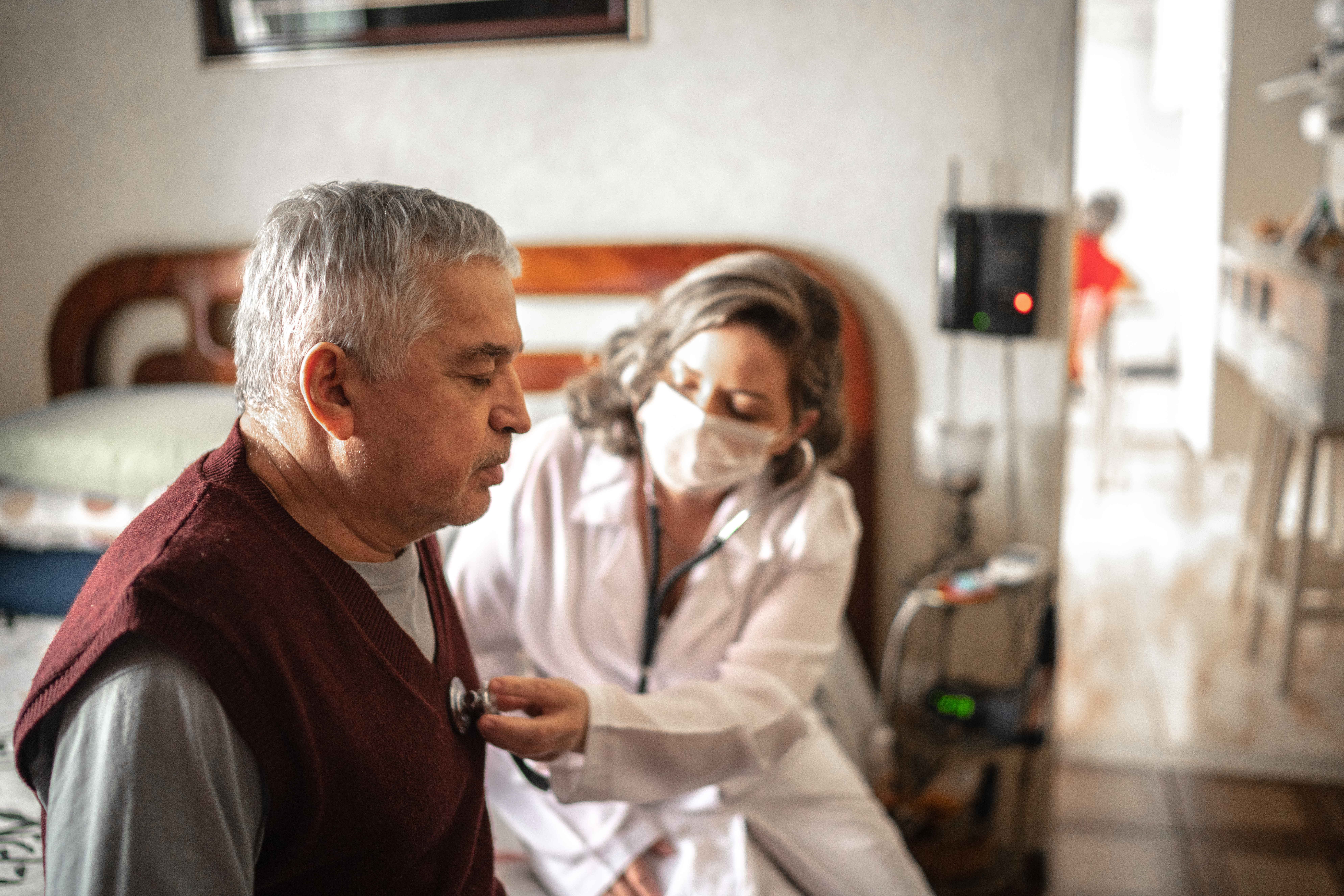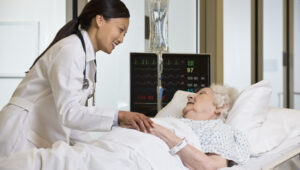February is American Heart Month, a time when we can focus on the importance of heart health and reducing the occurrence of heart disease, heart attack and stroke among Americans. Heart attacks are one of the leading causes of death for Americans, but often individuals don’t realize they are having a heart attack before it is too late. This is especially true for women, who often have less obvious symptoms than men. In this article, we’ll investigate the differences in heart attack symptoms between men and women, how to handle having a heart attack and prevention tips.
About heart attacks
Heart attacks, also called myocardial infarctions, are some of the most common medical conditions in the United States. A heart attack is the most severe form of acute coronary syndrome and generally occurs when there is a blockage or a severe reduction in blood flow to a portion of the heart due to plaque buildup. The buildup ruptures and forms a blood clot that leads to a blockage in a coronary artery which leads the heart muscle to begin to die.
Types of heart attacks
There are several types of heart attacks. ST-elevation myocardial infarction or STEMI heart attacks occur when there is a complete blockage in a coronary artery; they are the most severe form of heart attack. Non-ST-elevation myocardial infarction or NSTEMI heart a
ttacks happen when there is a partial blockage to the artery.
Not all heart attacks occur because of a blocked artery. Coronary artery spasms occur when an artery contracts or spasms, narrowing the artery and dec
reasing blood flow to the heart. In addition, a coronary artery dissection happens when there is a spontaneous tearing of the coronary artery wall. Both types are much rarer than STEMI and NSTEMI heart attacks.
Heart attack symptoms in women
According to the American Heart Association, heart disease is the number one killer of women in the United States. However, because heart attack symptoms are different in women than in men, women often don’t recognize the signs of a heart attack or assume they are suffering from another condition.
Another important fact is that the risk of heart attack increases in women over 50. Women in this age range have generally gone through menopause which causes estrogen levels to drop. Estrogen protects the heart, which makes older women more prone to heart attacks.
Common heart attack symptoms:
- An uncomfortable pressure, fullness or pain in the center of the chest that lasts more than a few minutes or recurs
- Pain or discomfort in the arms, back, neck, jaw or stomach
- Shortness of breath
- Breaking out in a cold sweat
- Nausea
- Lightheadedness or fainting
- Indigestion
- Extreme fatigue or sleep disturbances
Heart attack symptoms in men
Men in the United States experience heart attacks at twice the rate women do and generally have them earlier in life. Having a family history of heart disease or risk factors such as cigarette smoking, high blood pressure, high cholesterol, or obesity puts you at an increased risk of having a heart attack. While heart attack symptoms in men are better known than those in women, it is essential to seek medical assistance if your symptoms don’t match the symptoms below. Heart attacks can be tricky, and getting help from medical professionals will help preserve your heart and health.
Common heart attack symptoms:
- Chest pain or pressure that may linger or come and go
- Pain or discomfort in the arms, left shoulder, back, neck, jaw or stomach
- Rapid or irregular heartbeat
- Indigestion
- Shortness of breath
- Nausea or vomiting
Recognizing a heart attack
If you believe that you or someone else may be having a heart attack, call 911 as quickly as possible. If you are the one having the heart attack, do not attempt to drive yourself to the hospital – wait for the ambulance or have someone nearby transport you to the hospital. Call for help even if you aren’t positive that you are experiencing a heart attack. It is better to be safe than sorry, and getting medical attention will help pinpoint the cause of your discomfort.
Heart attacks can last minutes or hours, and the level of damage to the heart depends on how quickly treatment is received. Medications and surgical procedures help restore blood flow to the heart.
According to Dr. Richard N. Fogoros, writing on behalf of Verywell Health, “If treatment is delivered within three to four hours, much of the permanent muscle damage can be avoided. But if treatment is delayed beyond five or six hours, the amount of heart muscle that can be saved drops off significantly. After about 12 hours, the damage is often irreversible.”
Heart attack prevention
Learning about heart attacks can be stressful and overwhelming; however, the good news is that there are steps that you can take today that can lower your risk of experiencing a heart attack. The American Heart Association recommends that individuals stop smoking, choose good nutrition, lower high blood pressure and cholesterol, be physically active every day, aim for a healthy weight, manage diabetes, reduce stress and limit alcohol intake. Although this list seems daunting, you can work on several steps simultaneously. For example, making heart-healthy choices in your diet can help lower your cholesterol and blood pressure. Likewise, regular exercise can help you achieve a healthy weight and reduce stress.
Maxim Healthcare Services is a nationwide provider of home healthcare services. If you or a loved one needs care after a heart attack or while dealing with another condition, we’re here to help! We serve adult and pediatric patients in the comfort of their homes and collaborate with their physicians and other care team members. Contact your local Maxim office for more information on services near you.




